27.02.2020 – THE MEETING OF THE SCIENTIFIC COUNCIL OF THE GAIDAR INSTITUTE
On February 27, 2020, the Gaidar Institute’s Scientific Council held its first meeting in 2020. The main report on the topic: “The Current Situation in the Russian Banking Sector and the Role of Intangible Assets in Promotion of Efficiency of the Banking Business” was delivered by Sergei Zubov, Senior Researcher of the Financial Studies Department, Gaidar Institute.
According to the expert, the main factors behind the current situation in which the Russian banking sector has found itself in are the following: a high consolidation of the role of the state (the share of the state exceeded 70%), increased concentration, structural net surplus of liquidity, relatively high return on assets and credit expansion.
From January 1, 2019, Russian credit institutions have been divided into two groups in terms of the level of their capital, the volume of requirements set to them and the extent of granted authorities, that is, banks with a base license and banks with a comprehensive license, in order to motivate work with individuals and small and medium-sized business, including those in regions, Sergei Zubov says. It is noteworthy that the base license envisages limitations on some types of operations (for example, operations with non-residents, securities and other), but at the same time the easing of other requirements (for example, in respect of size of the minimum capital, statutory ratio, risk management, and reporting).
The Russian banking sector has seen stable excessive liquidity since early 2017. Banks had to increase the lending volumes to the detriment of the quality of their loan portfolios. It is noteworthy that the lending profitability was driven by a relatively low cost of funding and small operating costs.
Among the promising development trends in traditional banking, Sergei Zubov singles out digitalization, ecosystems, marketplace, fintech, open banking and neobanking.
The presenter notes that on the back of digitalization two quite opposite trends bringing about the blurring of the traditional banking have emerged. On one side, banks are intruding into nonbanking spheres (ecosystems and marketplaces), while, on the other side, nonbanks (IT) get into the banking sector (fintech and open banking). At the same time, in transformation of traditional banking the role of intangible assets has increased considerably.
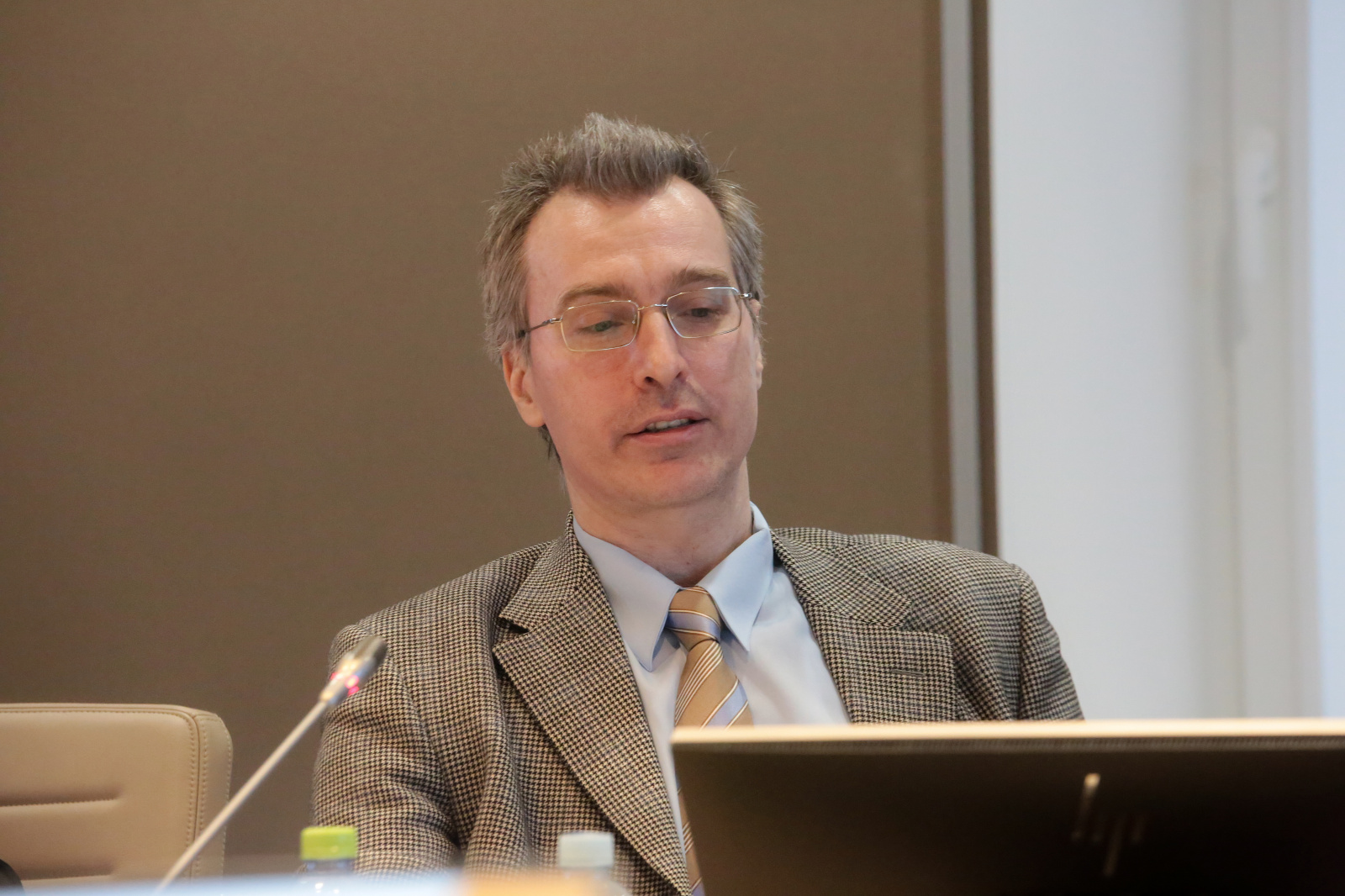
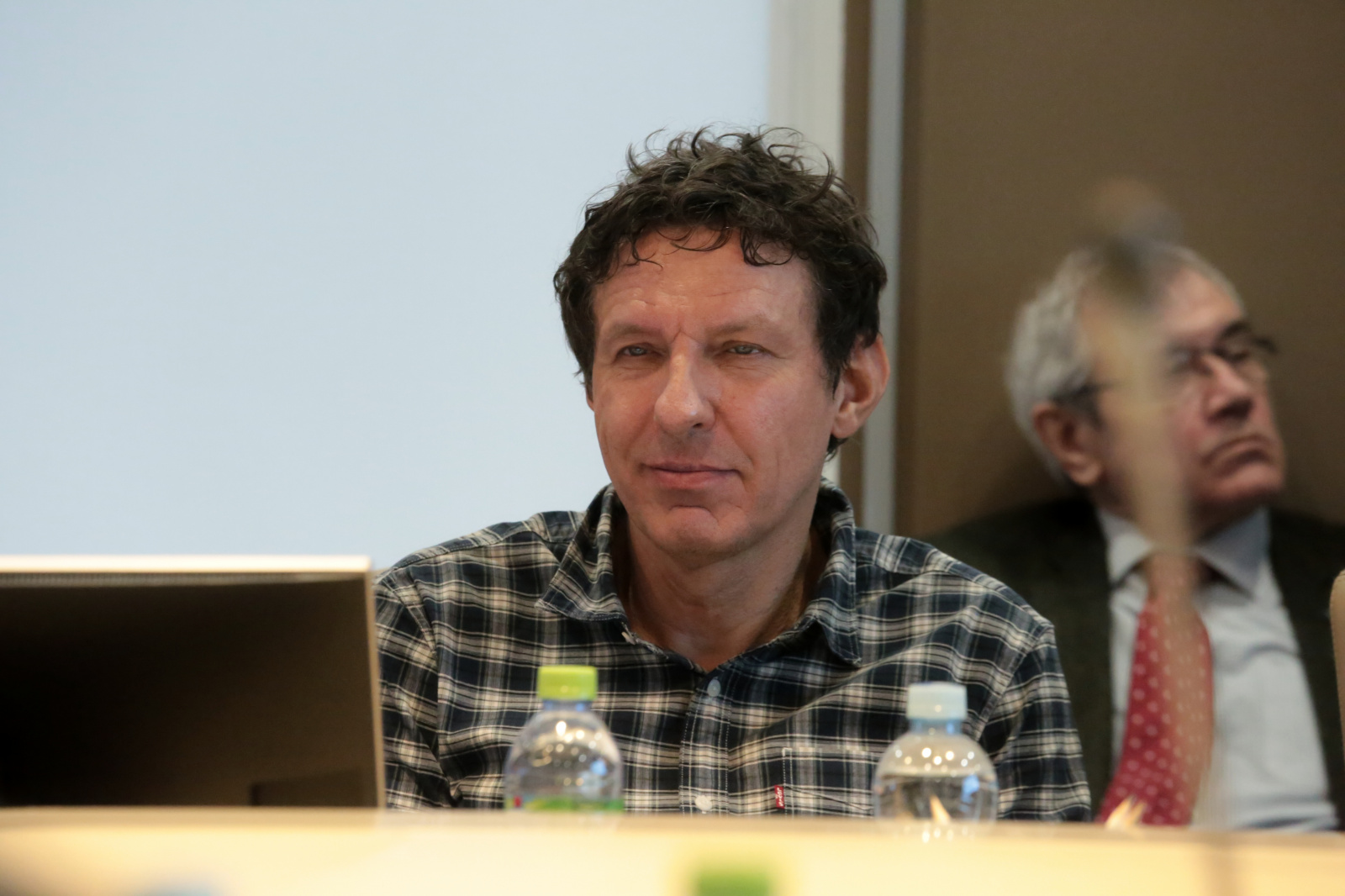
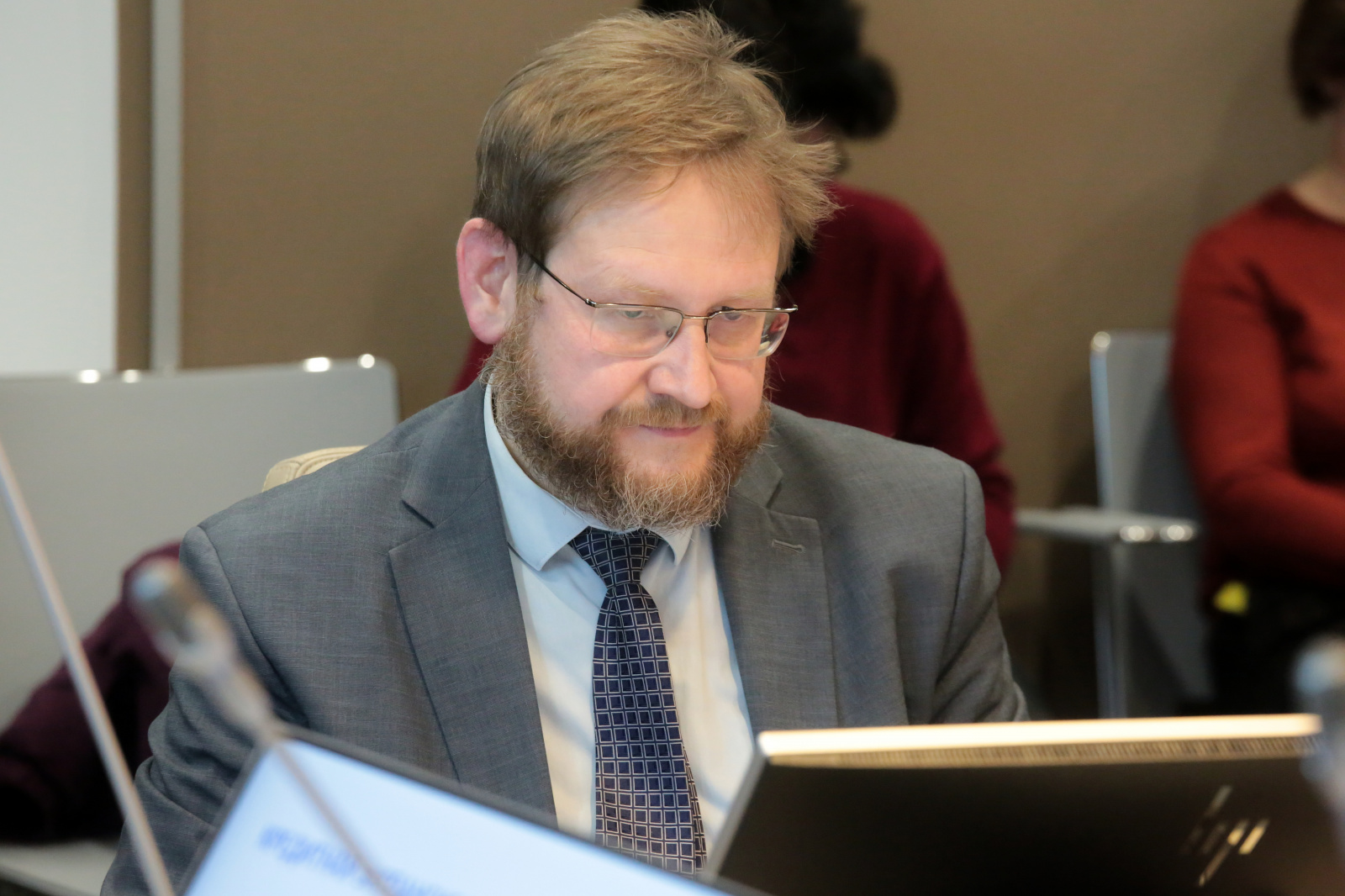
According to Sergei Zubov, amid the fintech development the main goal of the monetary evaluation of banks is the assessment of banks’ intangible assets and their effect on the efficiency of performance of credit institutions. Among such assets, the reporter has singled out the organizational agility and intellectual capital.
The expert touched upon the classification of methods of assessment of intellectual capital, in particular, market capitalization methods (MCM), market models return on assets methods (ROA), direct intellectual capital methods (DIC) and score card methods (SC).
In the modern practice, the ratio of value added intellectual capital (VAIC™) is often applied. The VAIC™ ratio was developed by Ante Pulic in 1998 and includes the following three components: human capital, structural capital and capital employed.
However, the implementation of foreign methods alone is infeasible, so for evaluation of Russian banks it is advised to use along with the traditional approach the modified value added ratio, which takes into account human capital (HC), IT-related costs, as well as those on marketing and development, the expert notes.
As a result, the proposed modified VAIC includes the ratio of value added intellectual potential, the ratio of the value added digitalization and the ratio of the value added marketing, Sergei Zubov notes.
Based on the findings of evaluation of the efficiency of Russian banks, three banks -- the Tinkoff Bank, the Sovkombank and the Raiffeisen Bank – occupy the leading positions in the TOP-20 rating with the average efficiency of all other banks assessed amounting to 0.579028, the expert concludes.
Presentation
Mikhail Osadchy, Head of the Analytical Department of the Bank of Corporate Finance was a co-speaker at the Scientific Council. In his report, Mikhail Osadchy touched upon the criteria of evaluation of banks’ profitability.
Also, Oleg Solntsev, Deputy General Director of the Center for Macroeconomic Analysis and Short-Term Forecasting (CMASTF) took part in the debates.
According to Oleg Solntsev, the current situation of the financial sector can be characterized by the following trends: with the exchange rate of the ruble becoming more resistant to fluctuations of prices of oil, the uncertainties related to the exchange rate dynamics have decreased for market participants; the share of overdue debts in lending have decreased, particularly, on loans to individuals; toughening of the regulation has resulted in the slowdown of the dynamics of the most “overheated” segment of the lending market, that is, consumer lending; growth in corporate lending across the sector as a whole remains low, but stable – this factor is positive for the economy and underpins the profitability of private banks amid the slowdown of consumer lending; the reduction of the share of the overdue debt on loans coupled with growth of the overall credit portfolio has resulted in the recovery of profitability of private banks; the number of license withdrawals has largely decreased.
Also, Oleg Solntsev spoke about the prospects of the financial sector development in 2020–2022.
According to the composite leading indicator (CLI) of the global economic crisis developed by the CMASTF, factors which may destabilize the global economy can be identified on the horizon of up to three years. The risk of a recession in the Russian economy within a year is generally small, yet it is growing.
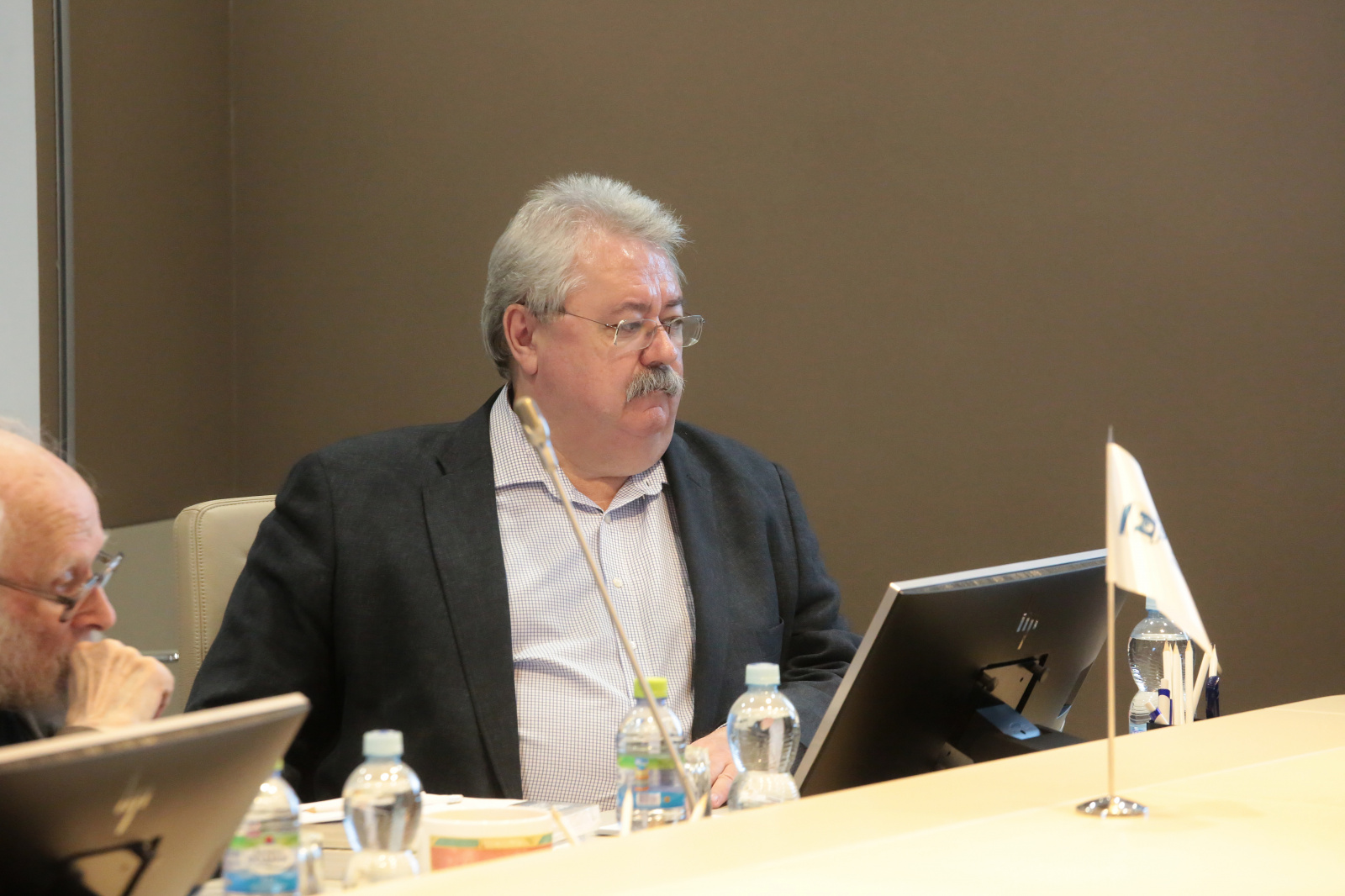
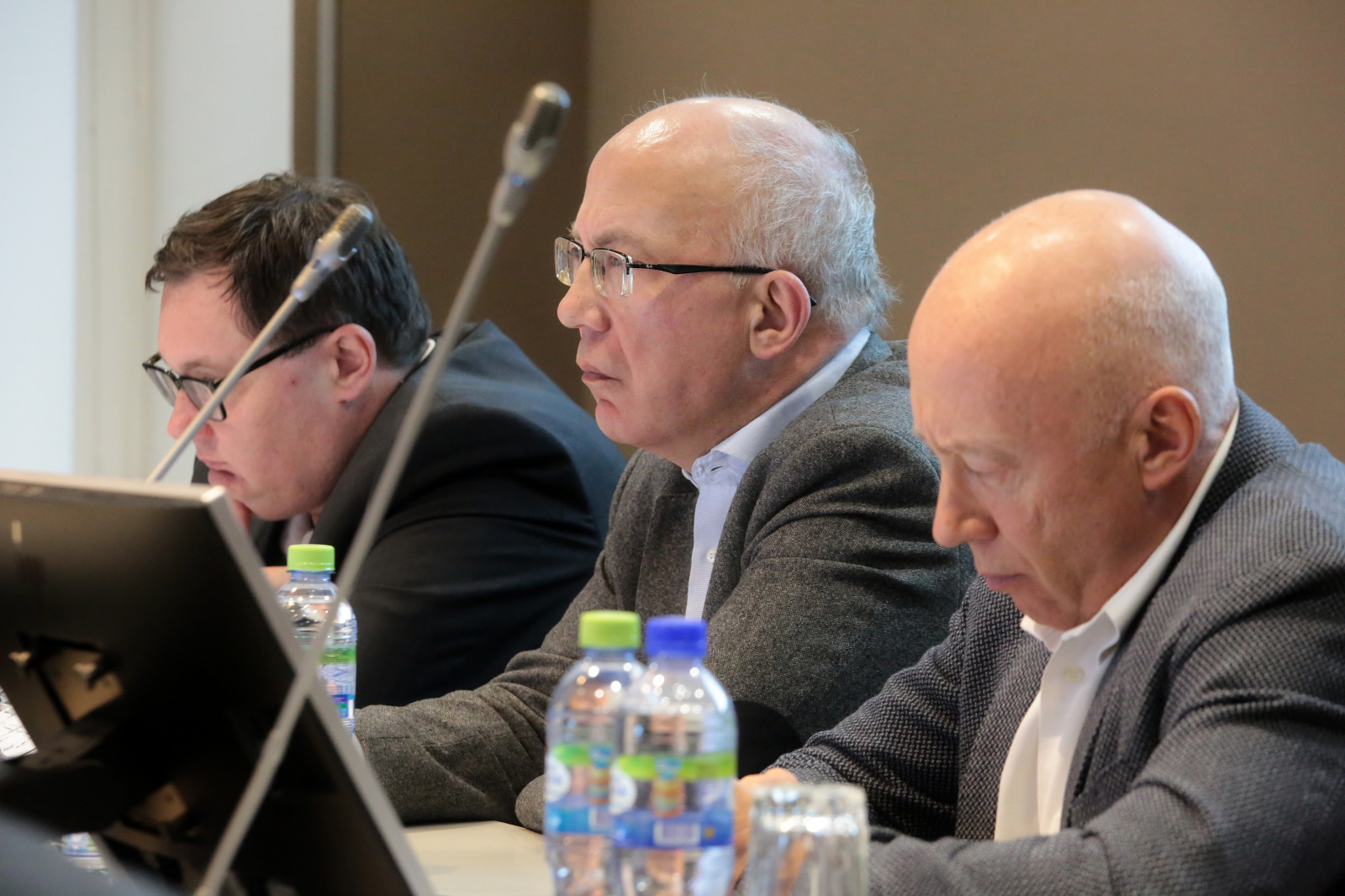
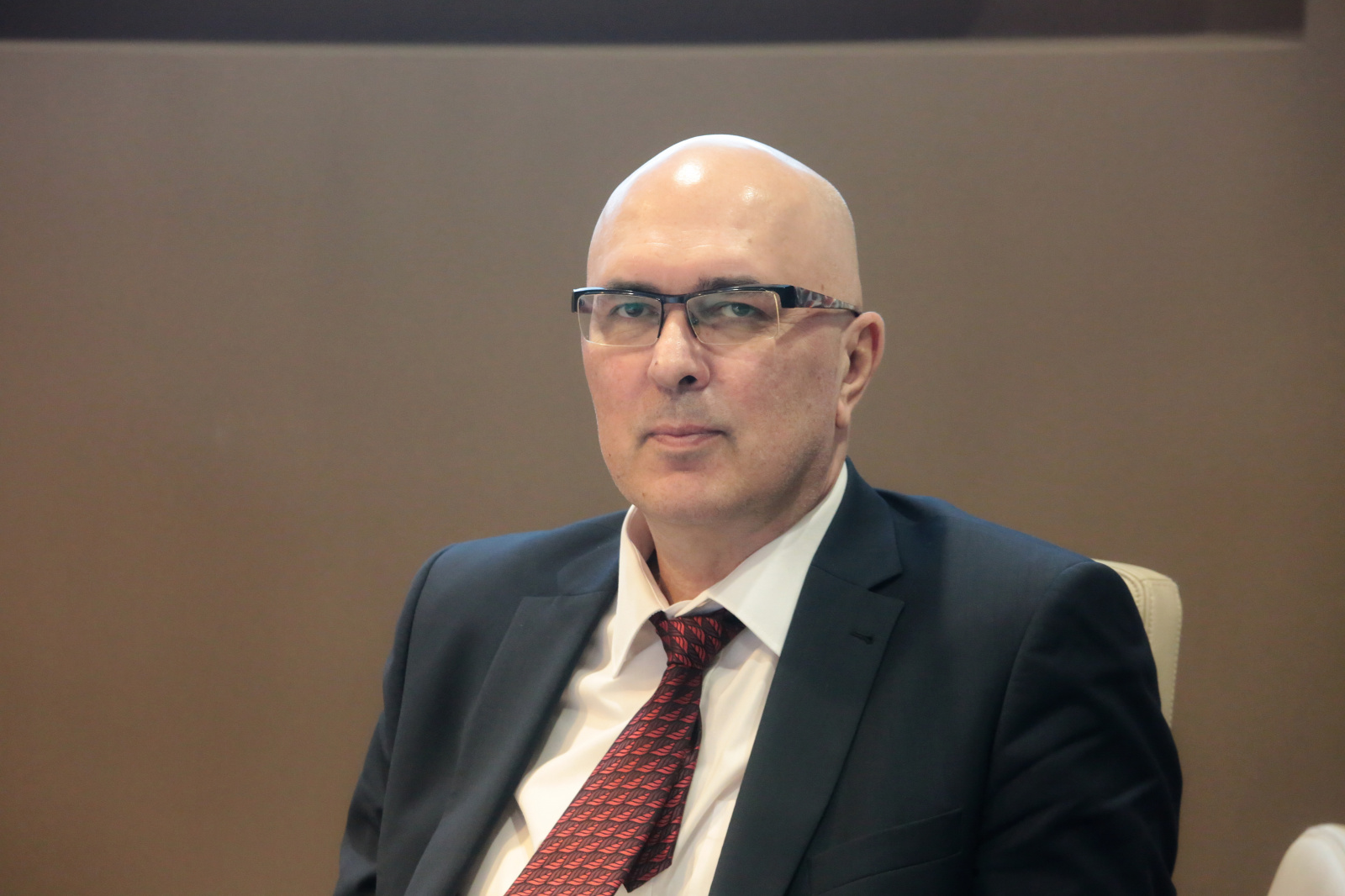
Judging by the dynamics of the composite leading indicator of system currency risks developed by the CMASTF, the probability of a currency stress occurrence similar to those seen in 2008–2009 and 2014–2015 is estimated as low. In the past 1.5 – 2 years, the ruble’s exchange rate was mainly determined by cross-border capital flows, rather than dynamics of net exports.
Leading indicators signal the forthcoming end of the banking crisis and low expectations of the “second wave” of the crisis. According to indirect assessment methods developed by the CMASTF, the share of banks with a concealed negative capital (“holes in the capital”) is gradually decreasing along with the relative size of such “holes.” At present, the share of banks with “holes” is somewhat less than 50%. The absolute size of “holes” is gradually growing. So, the exit from the crisis is in sight, but the progress is likely to be slow and inconsistent.
The composite leading indicator of system credit risks points to a high probability of a sudden upsurge of the share of “bad debts.” The signal of the indicator is justified by the dynamics of indices of households’ financial behavior. It seems the slowdown of the consumer lending market is somewhat delayed, the speaker concludes.
Presentation
At the meeting, the members of the Scientific Council passed unanimously a resolution to extend for the period of five years and two years the term of office of Sergei Prikhodko, Executive Director of the Gaidar Institute and Alexander Radygin, Chairman of the Scientific Council of the Gaidar Institute, respectively.
From January 1, 2019, Russian credit institutions have been divided into two groups in terms of the level of their capital, the volume of requirements set to them and the extent of granted authorities, that is, banks with a base license and banks with a comprehensive license, in order to motivate work with individuals and small and medium-sized business, including those in regions, Sergei Zubov says. It is noteworthy that the base license envisages limitations on some types of operations (for example, operations with non-residents, securities and other), but at the same time the easing of other requirements (for example, in respect of size of the minimum capital, statutory ratio, risk management, and reporting).
The Russian banking sector has seen stable excessive liquidity since early 2017. Banks had to increase the lending volumes to the detriment of the quality of their loan portfolios. It is noteworthy that the lending profitability was driven by a relatively low cost of funding and small operating costs.
Among the promising development trends in traditional banking, Sergei Zubov singles out digitalization, ecosystems, marketplace, fintech, open banking and neobanking.
The presenter notes that on the back of digitalization two quite opposite trends bringing about the blurring of the traditional banking have emerged. On one side, banks are intruding into nonbanking spheres (ecosystems and marketplaces), while, on the other side, nonbanks (IT) get into the banking sector (fintech and open banking). At the same time, in transformation of traditional banking the role of intangible assets has increased considerably.
According to Sergei Zubov, amid the fintech development the main goal of the monetary evaluation of banks is the assessment of banks’ intangible assets and their effect on the efficiency of performance of credit institutions. Among such assets, the reporter has singled out the organizational agility and intellectual capital.
The expert touched upon the classification of methods of assessment of intellectual capital, in particular, market capitalization methods (MCM), market models return on assets methods (ROA), direct intellectual capital methods (DIC) and score card methods (SC).
In the modern practice, the ratio of value added intellectual capital (VAIC™) is often applied. The VAIC™ ratio was developed by Ante Pulic in 1998 and includes the following three components: human capital, structural capital and capital employed.
However, the implementation of foreign methods alone is infeasible, so for evaluation of Russian banks it is advised to use along with the traditional approach the modified value added ratio, which takes into account human capital (HC), IT-related costs, as well as those on marketing and development, the expert notes.
As a result, the proposed modified VAIC includes the ratio of value added intellectual potential, the ratio of the value added digitalization and the ratio of the value added marketing, Sergei Zubov notes.
Based on the findings of evaluation of the efficiency of Russian banks, three banks -- the Tinkoff Bank, the Sovkombank and the Raiffeisen Bank – occupy the leading positions in the TOP-20 rating with the average efficiency of all other banks assessed amounting to 0.579028, the expert concludes.
Presentation
Mikhail Osadchy, Head of the Analytical Department of the Bank of Corporate Finance was a co-speaker at the Scientific Council. In his report, Mikhail Osadchy touched upon the criteria of evaluation of banks’ profitability.
Also, Oleg Solntsev, Deputy General Director of the Center for Macroeconomic Analysis and Short-Term Forecasting (CMASTF) took part in the debates.
According to Oleg Solntsev, the current situation of the financial sector can be characterized by the following trends: with the exchange rate of the ruble becoming more resistant to fluctuations of prices of oil, the uncertainties related to the exchange rate dynamics have decreased for market participants; the share of overdue debts in lending have decreased, particularly, on loans to individuals; toughening of the regulation has resulted in the slowdown of the dynamics of the most “overheated” segment of the lending market, that is, consumer lending; growth in corporate lending across the sector as a whole remains low, but stable – this factor is positive for the economy and underpins the profitability of private banks amid the slowdown of consumer lending; the reduction of the share of the overdue debt on loans coupled with growth of the overall credit portfolio has resulted in the recovery of profitability of private banks; the number of license withdrawals has largely decreased.
Also, Oleg Solntsev spoke about the prospects of the financial sector development in 2020–2022.
According to the composite leading indicator (CLI) of the global economic crisis developed by the CMASTF, factors which may destabilize the global economy can be identified on the horizon of up to three years. The risk of a recession in the Russian economy within a year is generally small, yet it is growing.
Judging by the dynamics of the composite leading indicator of system currency risks developed by the CMASTF, the probability of a currency stress occurrence similar to those seen in 2008–2009 and 2014–2015 is estimated as low. In the past 1.5 – 2 years, the ruble’s exchange rate was mainly determined by cross-border capital flows, rather than dynamics of net exports.
Leading indicators signal the forthcoming end of the banking crisis and low expectations of the “second wave” of the crisis. According to indirect assessment methods developed by the CMASTF, the share of banks with a concealed negative capital (“holes in the capital”) is gradually decreasing along with the relative size of such “holes.” At present, the share of banks with “holes” is somewhat less than 50%. The absolute size of “holes” is gradually growing. So, the exit from the crisis is in sight, but the progress is likely to be slow and inconsistent.
The composite leading indicator of system credit risks points to a high probability of a sudden upsurge of the share of “bad debts.” The signal of the indicator is justified by the dynamics of indices of households’ financial behavior. It seems the slowdown of the consumer lending market is somewhat delayed, the speaker concludes.
Presentation
At the meeting, the members of the Scientific Council passed unanimously a resolution to extend for the period of five years and two years the term of office of Sergei Prikhodko, Executive Director of the Gaidar Institute and Alexander Radygin, Chairman of the Scientific Council of the Gaidar Institute, respectively.